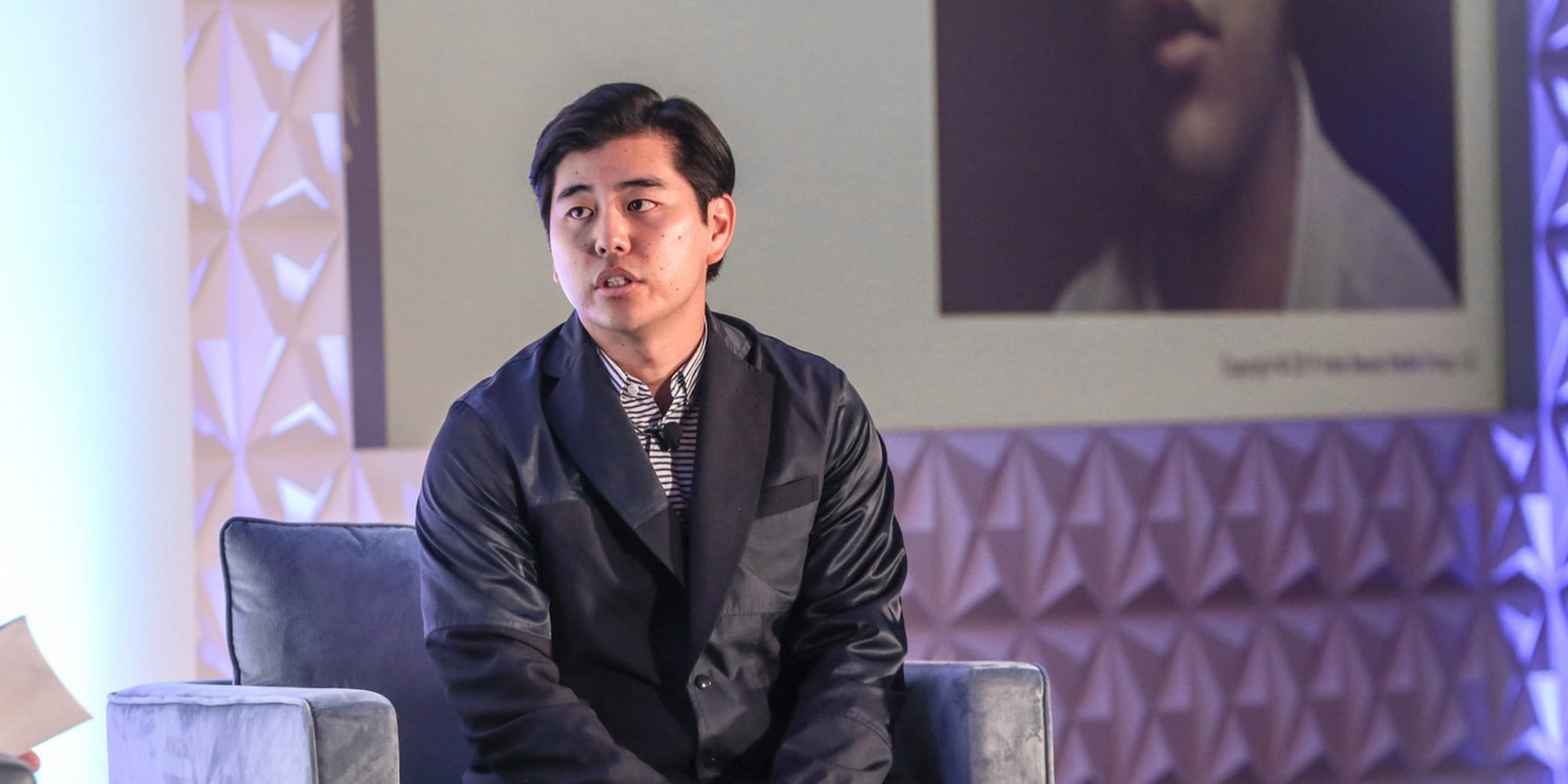
Pressed To Diversify Revenue Streams, Condé Nast Looks To The Beauty Industry
As Condé Nast pushes for more revenue beyond advertising, beauty plays a prominent role in its business diversification efforts.
During at discussion at the BeautyX Media & Influencer Summit on Tuesday in Los Angeles, Jun Harada, who helms digital beauty innovation and strategy at the magazine publisher, outlined a series of initiatives tied to the beauty industry from Allure’s monthly subscription boxes to its Influencer Platform connecting social media personalities with brands. The initiatives come as Condé Nast aims to shrink its dependence on advertising 20% by the end of 2022, when the goal is for ads to contribute half of its revenues.
“Once upon a time fashion with a capital F really was the hallmark for how people expressed their cultural status and, today, we have seen beauty come up more and more or surpass that in terms of how people are expressing themselves,” said Harada. “I think people care more about the fact that they are aligned with a brand like Glossier or Fenty Beauty than their handbag.”
With beauty product sales mounting, Condé Nast, which lost $120 million in 2017, has gotten in on the action. Harada reported that one out of two beauty consumers in the nation connects with the company in some capacity, and it’s now the largest publisher on YouTube, where Condé Nast’s beauty videos have been integral to its presence. To amplify its beauty volume on social media, Condé Nast opened an onsite production space called the Beauty Studio last year for use by its editors and external content creators. The Beauty Studio is sponsored by Neutrogena and Dyson Supersonic Hair Dryer.
Beauty-oriented Allure’s capacity to stoke merchandise sales leads the Condé Nast magazine stable. Its monthly beauty product subscription box boasts tens of thousands of subscribers and has been “growing like crazy,” according to Harada. He notes GQ is trying to replicate Allure’s success with a subscription service for men. Condé Nast’s Influencer Platform harnesses the relationships its properties have with influencers to craft influencer programs for brands. For instance, Harada mentioned it orchestrated an influencer trip to the Hamptons on behalf of Giorgio Armani Beauty.
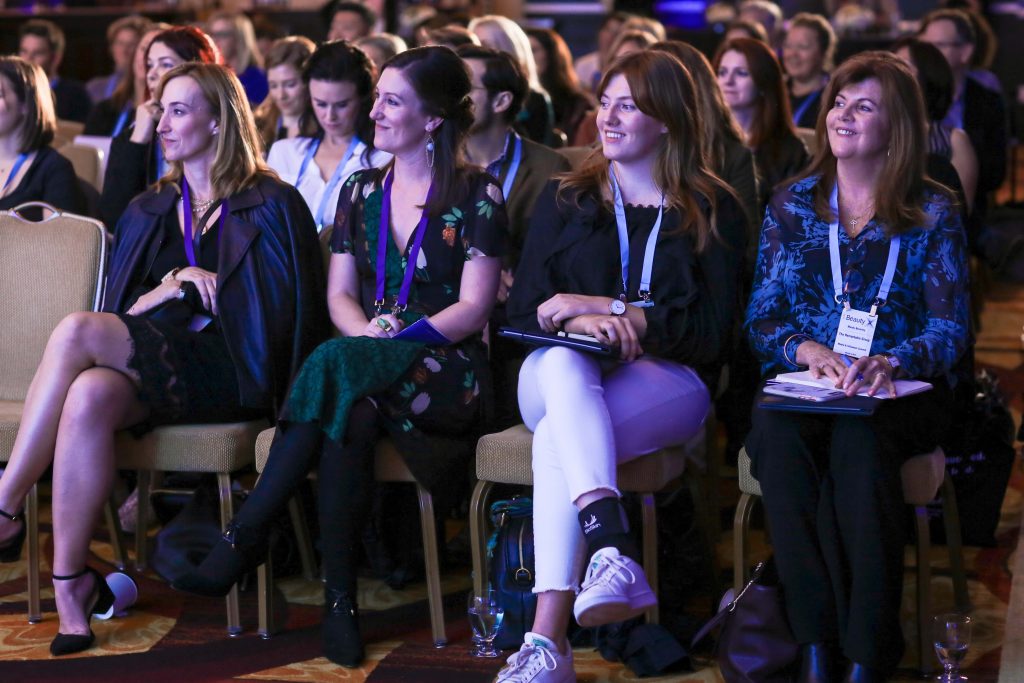
Although it’s only been active in affiliate marketing for two years, Condé Nast has also honed an expertise in the area to monetize content. Harada and Kelly Bales, the digital editorial director of Allure who spoke on a panel of editors following Harada’s session at the conference aimed at beauty entrepreneurs held at The LA Grand Hotel Downtown, talked about the regular information sharing that’s occurring between affiliate marketing and digital editorial teams at Allure. Allure is constantly tweaking content to optimize its SEO and affiliate productivity.
“We are seeing incredible conversion with people buying,” said Bales, addressing the beauty brand founders in the audience. “At that end, that’s what is important, are people buying your product?”
Instead of merely propelling external beauty brands’ sales and taking small cuts of purchases, Condé Nast could develop brands or acquire them to capture the full extent of sales. Increasingly, publishers are dabbling in the brand arena. Via a licensing deal with Bona Fide Beauty Lab, PopSugar introduced a brand that recently landed on QVC. Byrdie is expected to launch a clean skincare brand in the summer.
Asked about the possibility of Condé Nast investing in beauty brands, Harada replied it’s a “conversation that comes up all the time.” He continued, “We’ve never really put our money where our mouth is…I think Condé definitely wants to figure that out and either find a route that makes sense through a portfolio or direct model, but it seems to be getting stuck on some almost archaic ideas of what it means to be involved and, obviously, the advertising pressures versus the marketing pressures.”
Meanwhile, Harada emphasized Condé Nast recognizes the rising power of indie beauty brands. He pointed out indie beauty brands have grabbed a substantial chunk of market share, especially in prestige skincare. Harada said, “Indie is brought up as the prevailing threat to every legacy [beauty] company that I talk to.”
Given the indie disruption happening in the beauty industry, Condé Nast is looking to forge ties with emerging beauty brands that have not historically been its advertisers. “As a company, we want to make sure we’re there lockstep with you as early as possible. If we can be there with one of your brands and prove to you that we can help you grow from point A to B, we know we can take you from B to C to D,” said Harada, adding, “We want to find out ways to work together at this scale.”


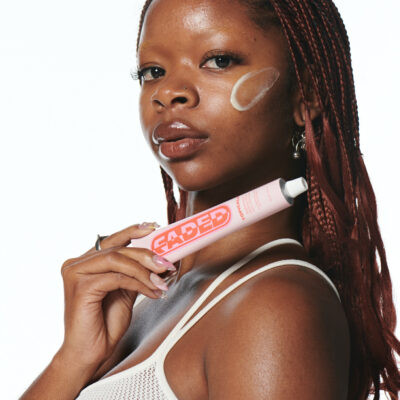
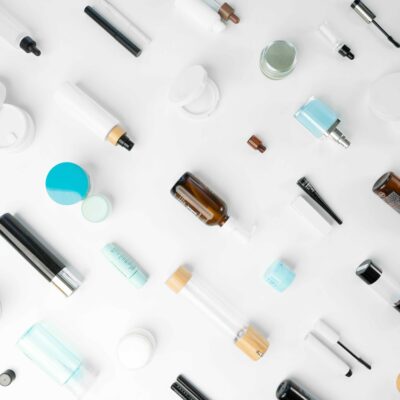
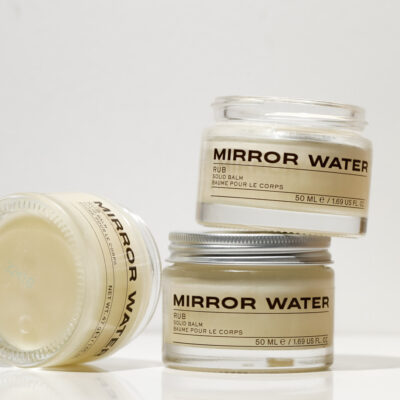
Leave a Reply
You must be logged in to post a comment.